I think I am going to like the pace of Sundays around here. Lots of early morning time to accomplish chores and get a few things done to be ready for the week. The theme for today’s journal is Chef’s Choice, which is a term used in the cafeteria to refer to leftovers. These leftovers are from the past week and show that there are lots of different projects going on around here. Science Camp for adults is an appropriate analogy!!
One of the first things you notice up here in the arctic tundra is the absence of trees and shrubs. Green plants are low to the ground to stay out of wind in the summer and the extreme temperatures above the snow in the winter. Staying low to the ground is a very good survival strategy!! The plants still need to complete their lifecycles which means reproduction, making flowers and seeds. The best time to send those seeds far and wide is during the summer months.
The people participating in the International Tundra Experiment (ITEX) from Grand Valley State University in Michigan are examining the ways tundra plants change in response to temperature changes. These folks have lots of fun identifying plants, counting plants, measuring plants, and then sorting plants into different types to determine the weight of the different species. Interesting science, providing valuable information as we try to understand climate changes up here as well as in other places.
Here are some pictures of the ITEX folks and their plants.
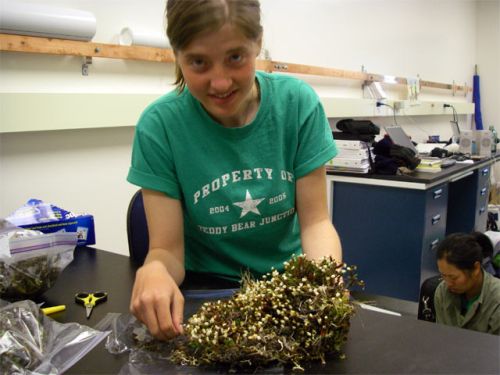 Jenny showed me how to separate the tundra plants into three categories: lichens, moss, and vascular/ woody plants. The plants are taken from a standard size area and then weighed to determine how changes in the area are effecting the plants.
Jenny showed me how to separate the tundra plants into three categories: lichens, moss, and vascular/ woody plants. The plants are taken from a standard size area and then weighed to determine how changes in the area are effecting the plants.
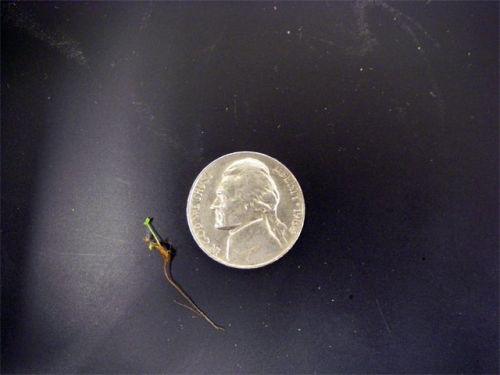 It's hard to imagine how small some of these full grown plants are. Here is the smallest.
It's hard to imagine how small some of these full grown plants are. Here is the smallest.
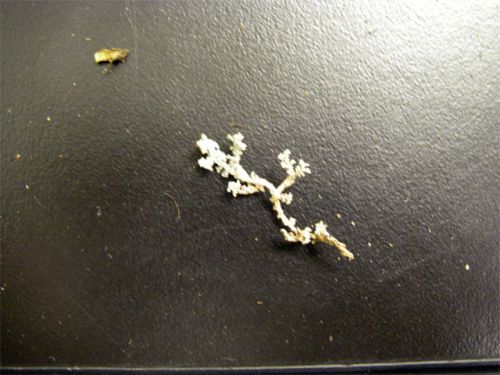 Here's an example of a white lichen. Remember a lichen is a combination of algae cells and fungi cells.
Here's an example of a white lichen. Remember a lichen is a combination of algae cells and fungi cells.
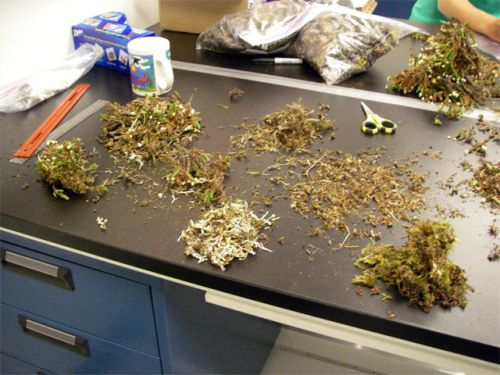 Sorting plants is different from searching for artifacts or wood pieces in the Archaeology lab. No one expects to find anything other than plant pieces and the occasional lemming turd with the plants. The archaeology stuff is different, we get disappointed when we only find a few boes fragments.
Sorting plants is different from searching for artifacts or wood pieces in the Archaeology lab. No one expects to find anything other than plant pieces and the occasional lemming turd with the plants. The archaeology stuff is different, we get disappointed when we only find a few boes fragments.
The flowers I have found just seem to be trying so hard to get their "work” done, I empathize with them, the winds up here are relentless. No complaints though, the wind keeps all the mosquitoes in at the Toolik Research Station where Cathy Campbell, PolarTREC teacher is working. Check out her pictures and the little dive bombers poised to attack.
Another thing about the plants up here is that the soil is pretty thin. Out at the Point, we use the limited amount of vegetation to indicate that there is probably something organic (once living) underneath the soil layer. Start digging where the plants are!!
I am getting better about including a size indicator for my photos. I want one of the little fancy photo scale rulers that Claire has!!
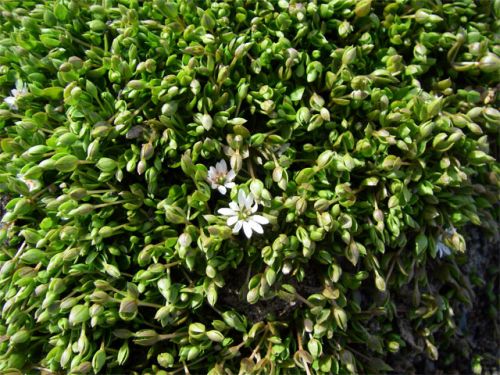 I apologize for not identifying these plants species yet. One thing has led to many others and I have not yet checked out the field guides. This specimen shows the low profile of the plants.
I apologize for not identifying these plants species yet. One thing has led to many others and I have not yet checked out the field guides. This specimen shows the low profile of the plants.
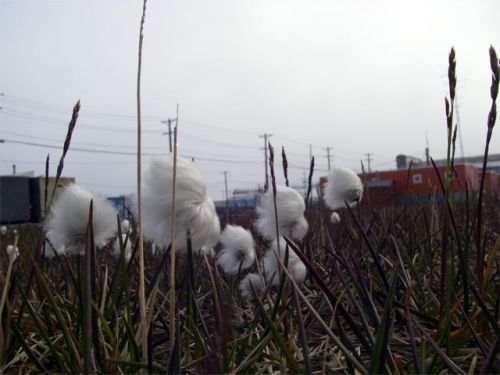 The cotton grass blooms are very fluffy and soft. They are rather small (+/- 3 inches) The tufts reminded me of the children's story, "Horton Hears a Who". I need to go back and listen more closely later!!
The cotton grass blooms are very fluffy and soft. They are rather small (+/- 3 inches) The tufts reminded me of the children's story, "Horton Hears a Who". I need to go back and listen more closely later!!
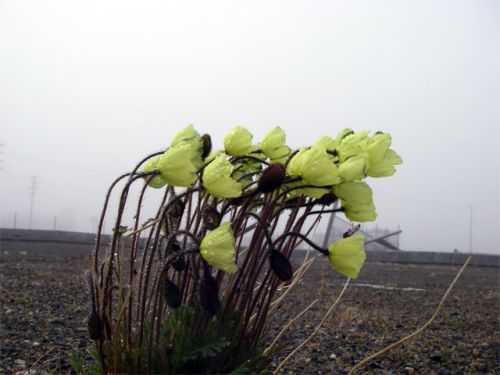 Here's what it looks when the flowers are up in the breeze. Pushed to one side, there is probably some risk invoived. The plants have figured it out though.
Here's what it looks when the flowers are up in the breeze. Pushed to one side, there is probably some risk invoived. The plants have figured it out though.
Up here, you keep your head down most of the time. By doing that, you avoid some of the wind. Denver Holt, part of the Global Owl Project, keeps an eye on the skies as well as on the ground looking out for snowy owls. He has been monitoring these magnificent birds for the past 17 years up here. This year he has 31 nests that he is visiting weekly. He has one of the best jobs!! I was fortunate enough to head out, over the tundra, for a bird banding trip earlier this week.
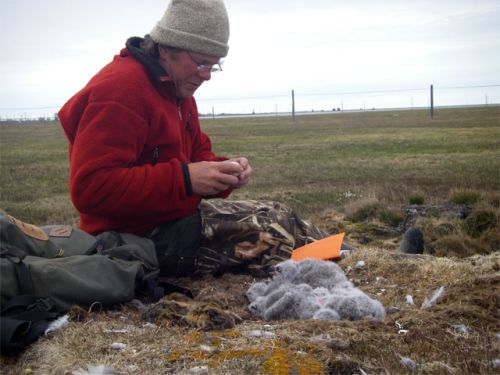 Denver has his notebook, scale, bird bands, pliers, binoculars, and all sorts of other tools for monitoring the snowy owl nests and chicks.
Denver has his notebook, scale, bird bands, pliers, binoculars, and all sorts of other tools for monitoring the snowy owl nests and chicks.
The tundra looks pretty darn flat and vacant. Looks are deceptive though. Wet spots, depressions, as well as mounded areas all make the tundra look very different when you get out there. The snowy owls nest up on mounds, munching on lemmings.
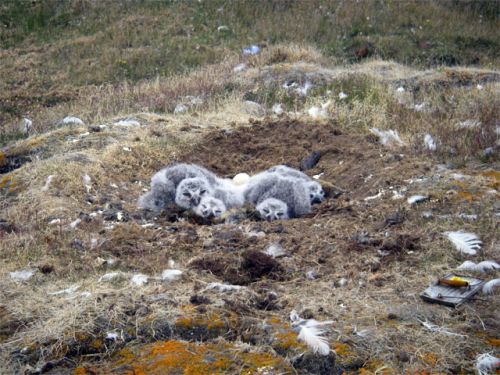 The snowy owl nest, perched atop a mound of the tundra, is a pretty snuggly place for the chicks. They all clump together, sharing warmth. Mom (female snowy owl) is usually right near-by. She flew off when we arrived, watching closely the whole time. Dad (male snowy owl) dived down at us a couple of times to drive us off. We worked quickly and efficiently to disturb the birds as little as possible.
The snowy owl nest, perched atop a mound of the tundra, is a pretty snuggly place for the chicks. They all clump together, sharing warmth. Mom (female snowy owl) is usually right near-by. She flew off when we arrived, watching closely the whole time. Dad (male snowy owl) dived down at us a couple of times to drive us off. We worked quickly and efficiently to disturb the birds as little as possible.
The lemmings feed on grasses and buzz around all over the place as you walk along. I kept thinking I would step on one as it zoomed from one grassy opening into another. The snowy owls must get a fair amount of exercise chasing those little guys.
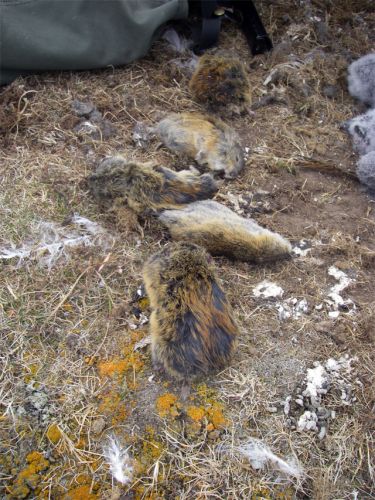 The snowy owl adults bring in lemmings for the chicks. Once at the nest, the adults shred the lemmings for the little ones. Kind of like what adult humans do when they cut up the meat for the children.
The snowy owl adults bring in lemmings for the chicks. Once at the nest, the adults shred the lemmings for the little ones. Kind of like what adult humans do when they cut up the meat for the children.
One of the parts of the science that Denver is doing is that he needs to band these birds so migration patterns and other data can be gathered. It’s a tough job but someone had to hold these warm little fuzz balls as they got a new bracelet!!
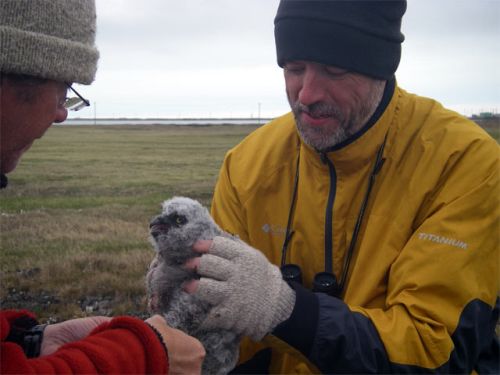 I expected to go out and use binoculars to get a good look at the snowy owls. As we're hiking along, we get closer and closer to the mound where the nest was. Better yet, the chicks, 18 days old, needed to be banded so I got to hold one of the little fuzzy, heart thumping, beak clicking, chicks!! Scientist at Work!!
I expected to go out and use binoculars to get a good look at the snowy owls. As we're hiking along, we get closer and closer to the mound where the nest was. Better yet, the chicks, 18 days old, needed to be banded so I got to hold one of the little fuzzy, heart thumping, beak clicking, chicks!! Scientist at Work!!
HUGE Thanks goes out to Denver, the ITEX folks, the Nuvuk Archaeology staff, and all the PolarTREC people for making this Arctic Adventure happen. Thanks as well to Julie and Marina for keeping things going at our VT homestead while I am away at "Science Camp”.

